Eva Camacho-Sanchez
Eva Camacho-Sánchez is a textile artist born and raised in Andalucía, Spain, now living in western Massachusetts, USA. Her work is the result of the fusion of the ancient art form of feltmaking with modern techniques to create new and elegant styles. She uses 100% natural and biodegradable materials, where possible locally-sourced and sustainable, with an emphasis on low environmental impact and creative processes such as reduced water consumption. To create patterns on the silk, she uses techniques such as free motion embroidery, hand-stitching, beading and printing. Although she is devoted to felt, she is equally intrigued by other techniques, mediums, fibers and fabrics.
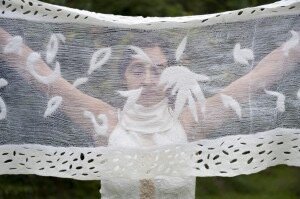
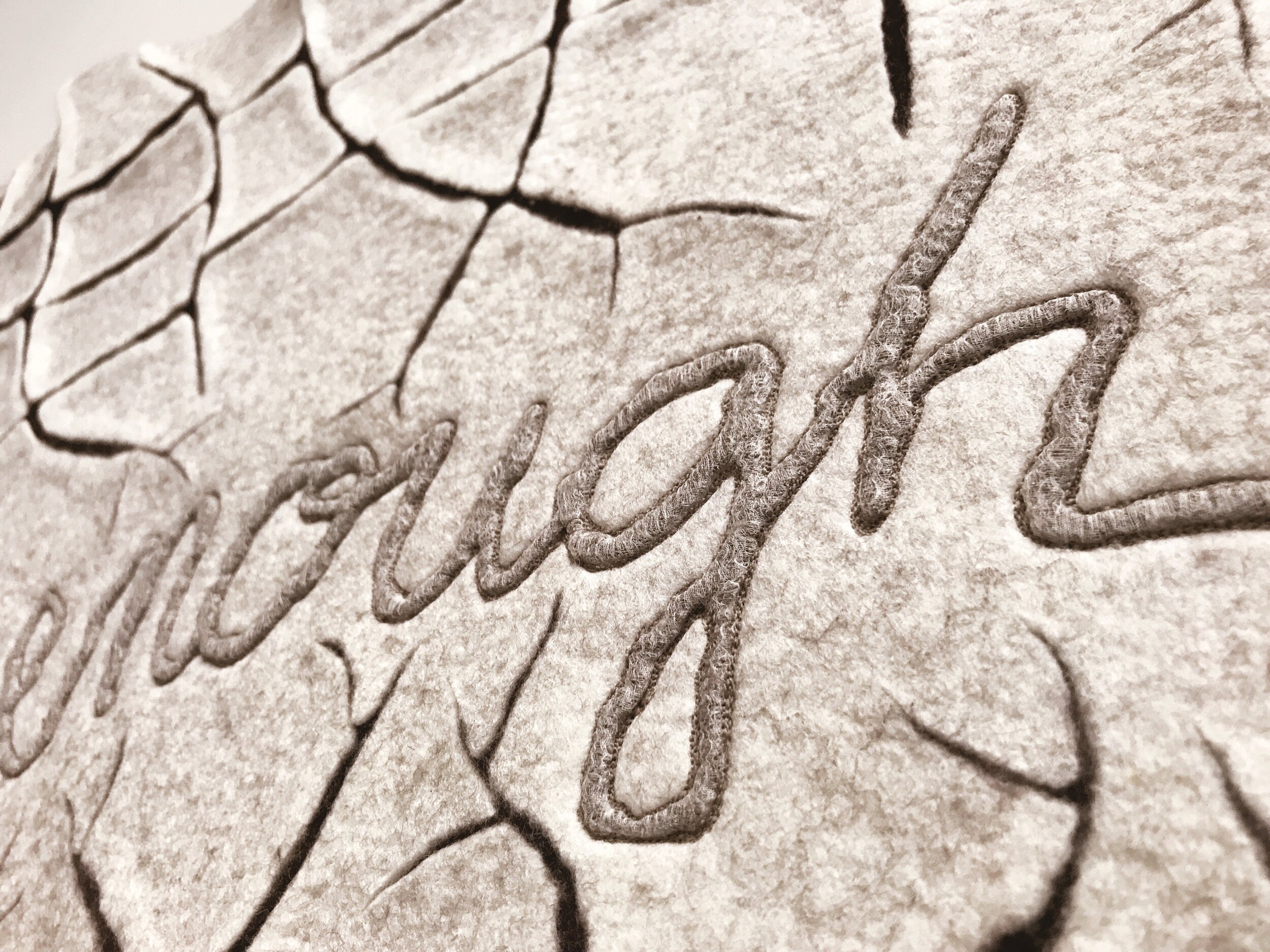
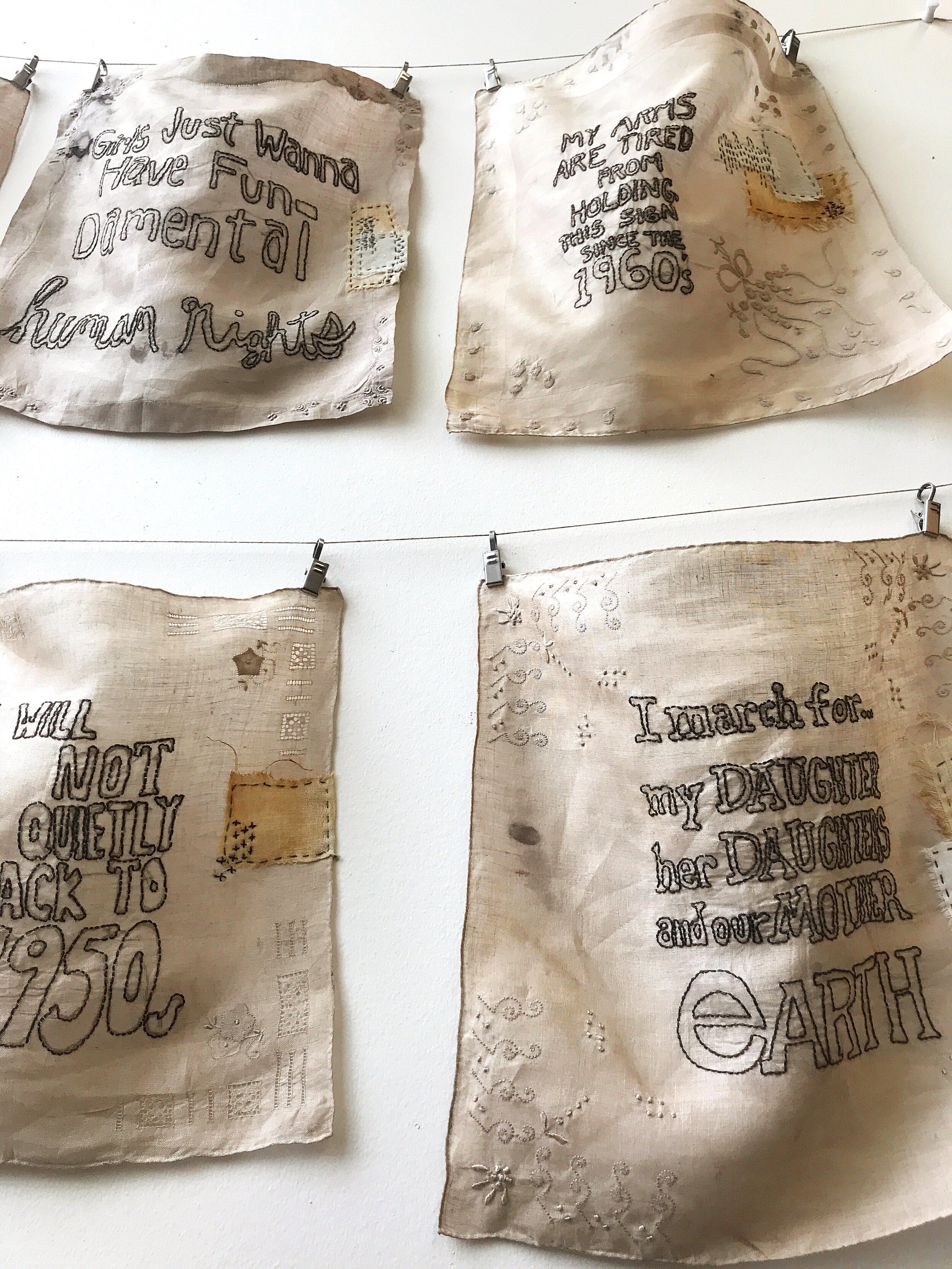
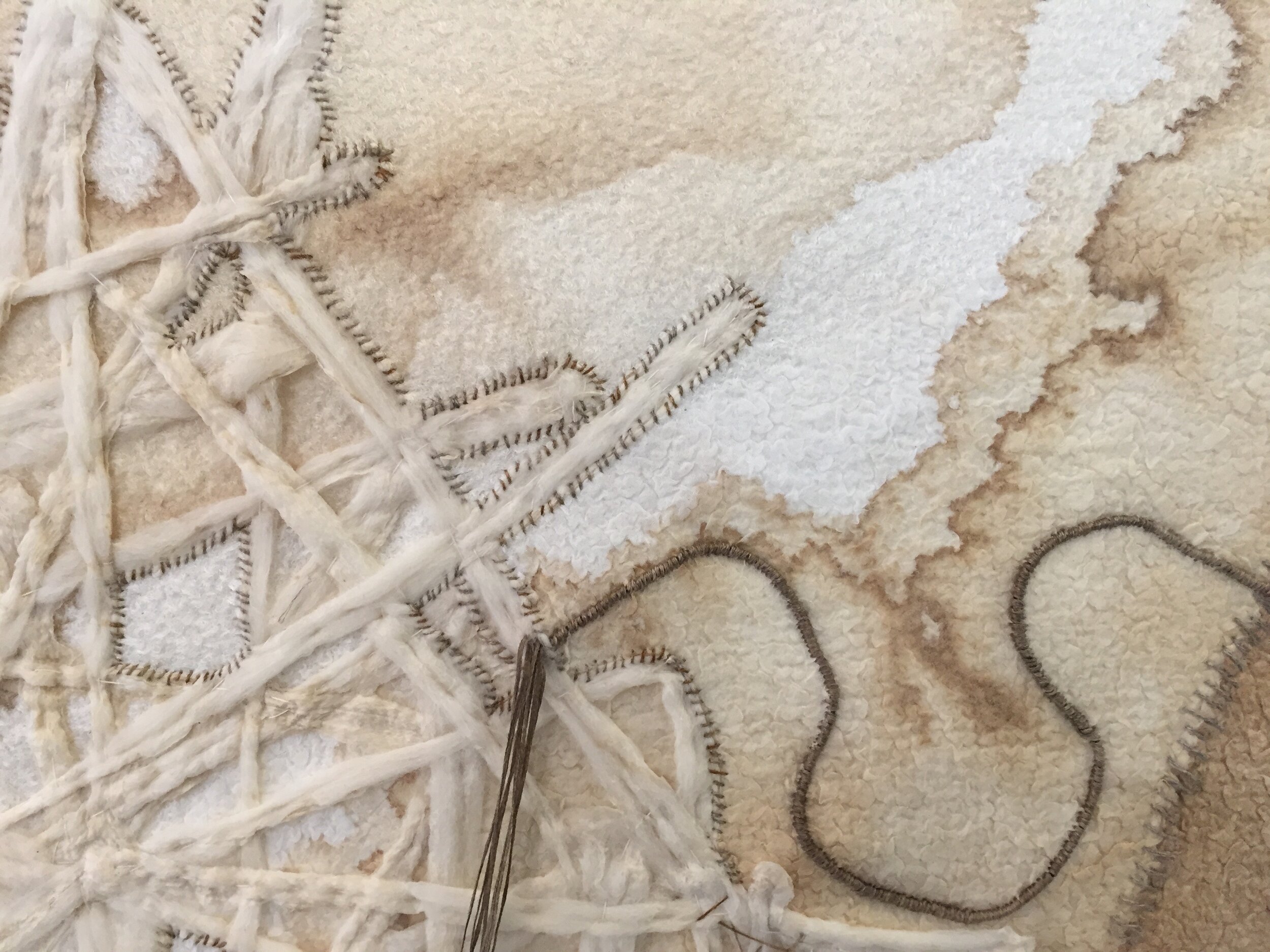
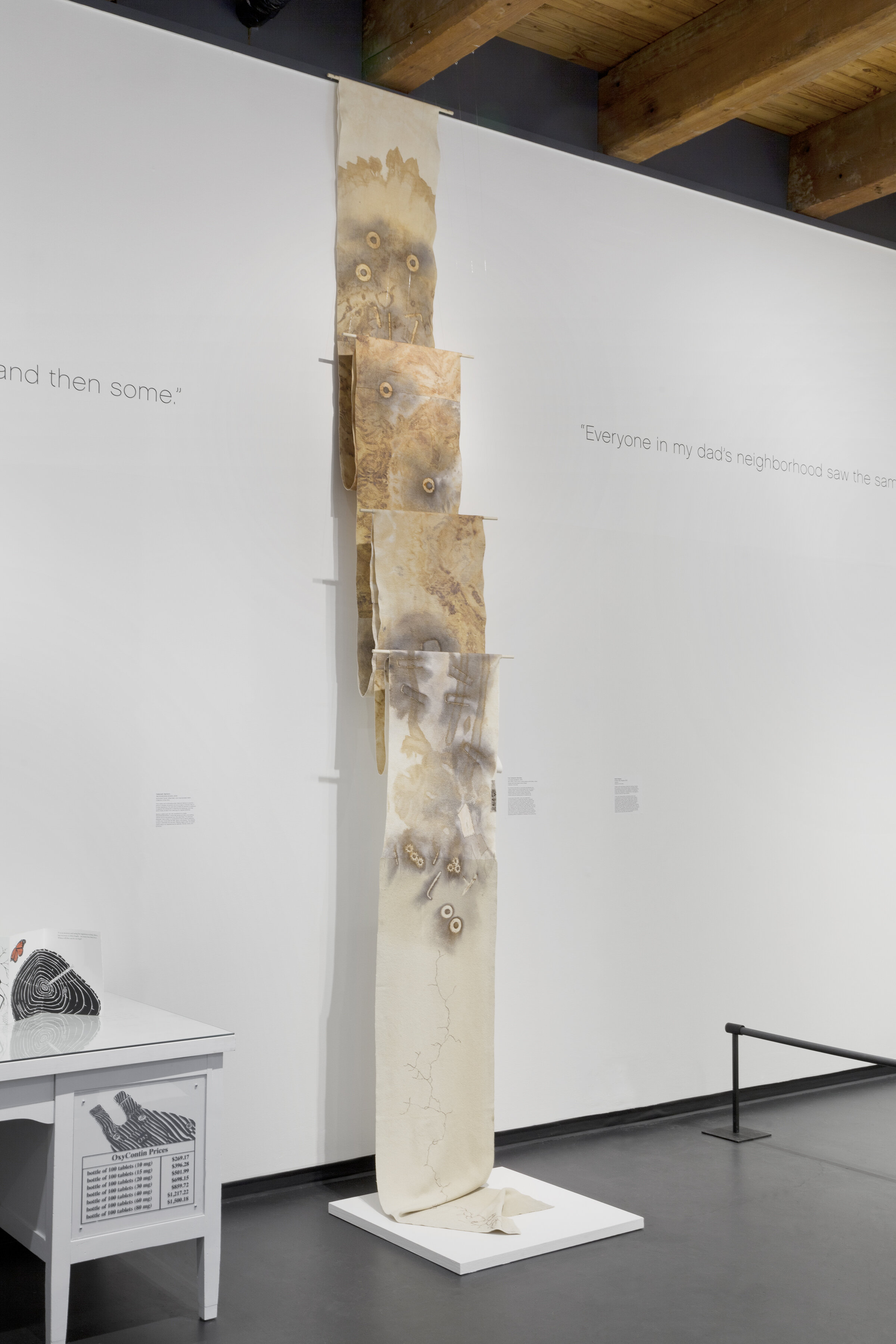

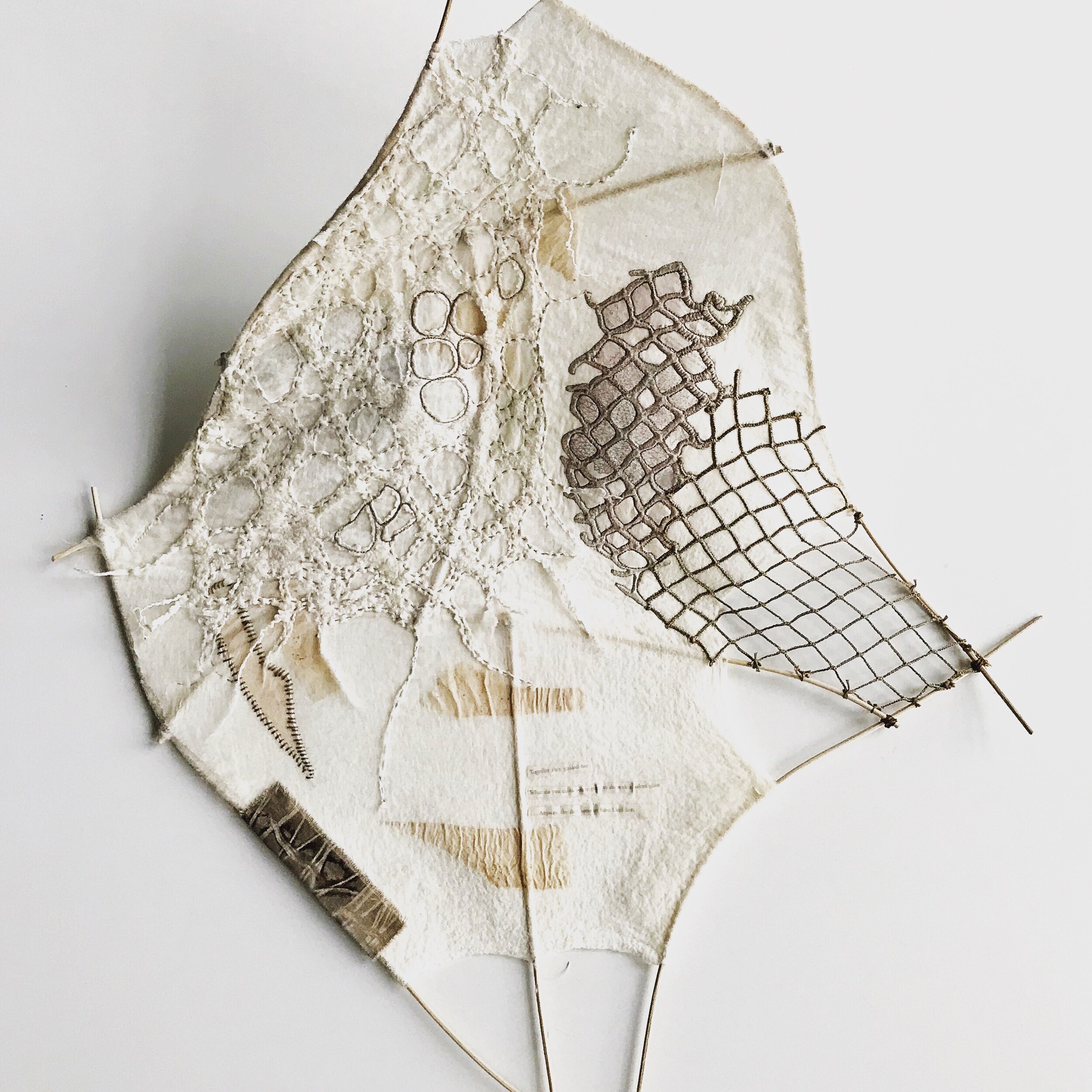
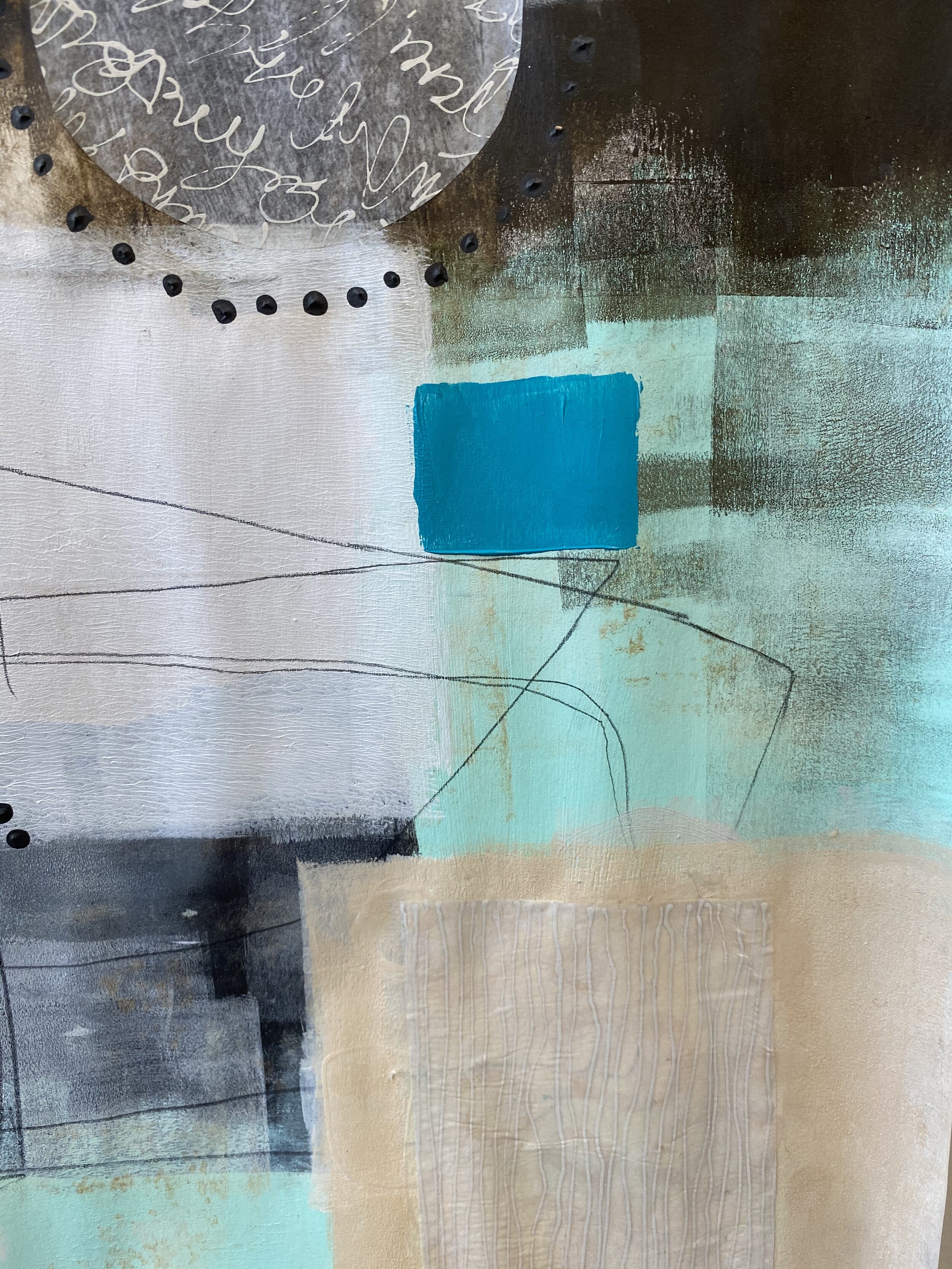
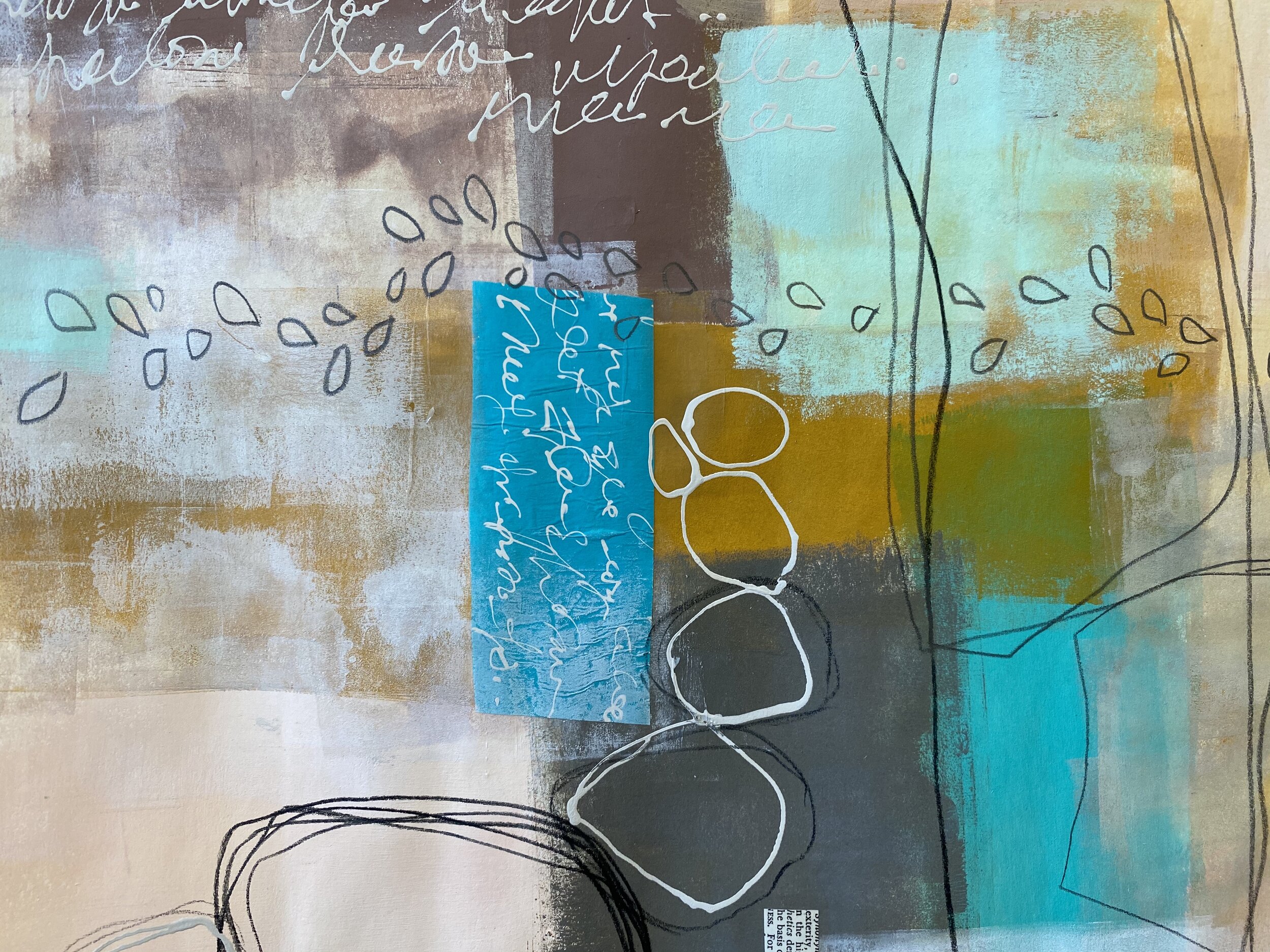
Most of my felting career has been dedicated to creating nuno felted garments. Over four years I went to many art shows, where I sold my work, and many pieces were also sold in galleries, boutiques and museum stores. But I knew that wasn’t going to be it for me. I’ve always admired artists who create conceptual work. and I wanted to be one of them, too. In 2017 I decided to not make anymore wearables and dedicated my artistic career to teaching workshops and making more visual and conceptual work. Although I am devoted to felt, I have also been intrigued by other fibers and fabrics. I have been including other materials such as paper into my work because, through my own experimentation, I learned I was able to make a very durable material by felting mulberry paper into the wool. Mulberry paper is made from the mulberry tree, and it has long fibers which help to give the paper its distinctive finish. This paper originally comes from Asian countries, such as South Korea and Japan. Jiyoung Chung, a Korean paper artist, has been a great influence on my work. The process of Joomchi is very similar to wet felting, and I love how these two techniques can be used interchangeably.
Through my work I also hope to raise awareness of the problems of climate change, while highlighting solutions we can embrace to mitigate the threats and adapt to new environmental realities. I hope to continue establishing relationships within the animal husbandry community (specifically with sheep farmers around the world, many of whom don’t know what to do with the fleeces after their flocks are shorn) to help herders and other livestock-dependent communities understand additional sustainable uses for the materials their animals produce. I have begun teaching fibre arts across the world, and hope to continue my work as an educator. My hope is that all of my work can inspire a more ethical society working towards stronger families and communities upon a more sustainable planet.
Eva Camacho-Sanchez
Contact me.
info@evacamacho.com
(202) 270-0657
Conceptual & Visual Work: www.evacamacho.com
Surface Pattern Design Work: www.evacamachodesigns.art




